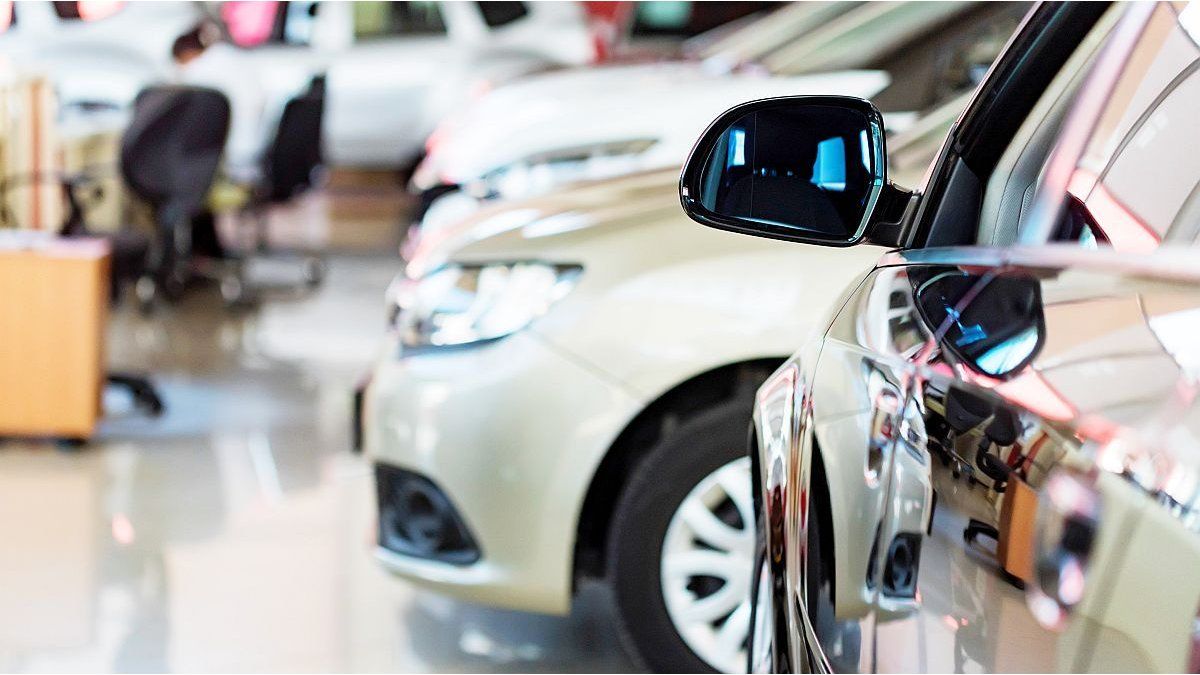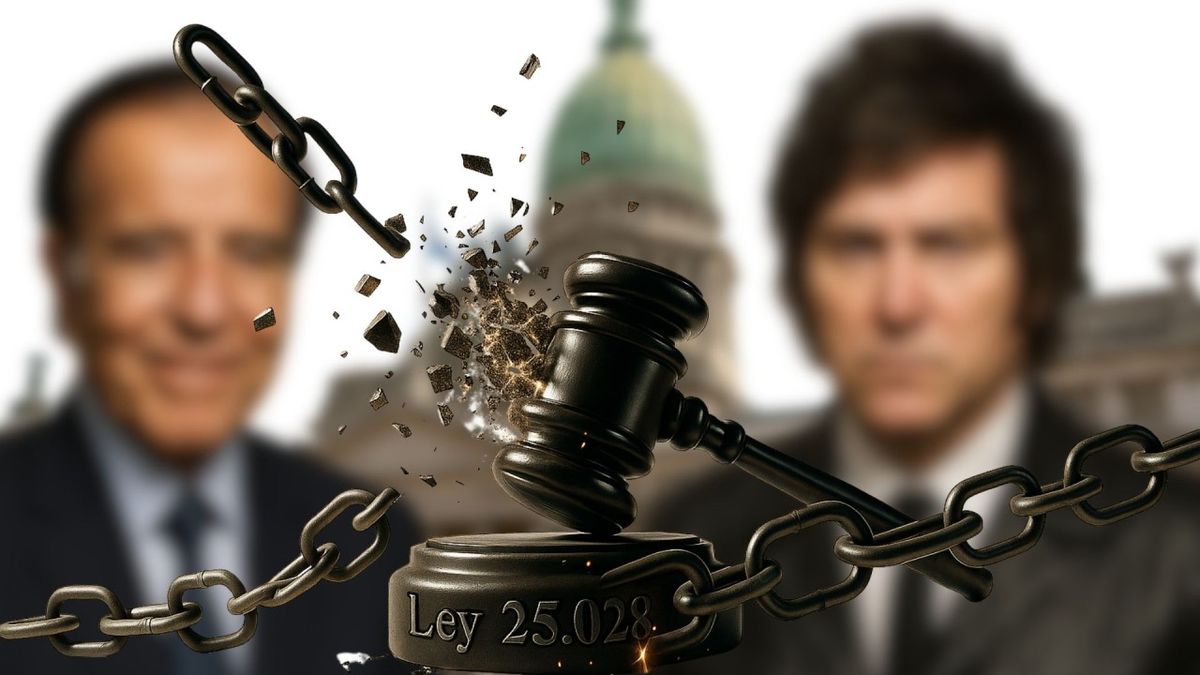Sometimes babies already have pierced ears. What parents should consider when buying earrings and when the right age is for them.
“Daddy, I want earrings too!” – that is the wish of many children when they see their friend in kindergarten or school with the shiny studs. But should this wish be granted even in small children? Jakob Maske advises against getting ears pierced in small children or even babies. He is a pediatrician in Berlin and spokesman for the professional association of pediatricians. In practice, however, the pediatrician also sees babies under one year old who already have their ears pierced.
“Piercing ears interferes with the child’s physical integrity. Ear piercings are therefore only recommended for children who can make this decision for themselves.” It is important that children are old enough to understand that the procedure itself can be painful and to be able to assess the consequences. “And that is not the case for a four-year-old child, but perhaps more likely at 14 or 15 years of age, when children are really able to make legally competent decisions for themselves.”
Piercing studios also pay attention to the age of children: “Many piercing studios set themselves a minimum age limit of 14 years and require the consent of both parents,” the German Society for Piercing (DGP) reports in response to a request from the star The protection of the child and the preservation of its integrity are the top priority here.
Because the seemingly small prick in the earlobe carries certain risks. Children can be allergic to nickel in ear studs, for example. In the EU there are regulations for the use of nickel, which are laid down in the. Also for . However, studies in the past, for example by the Federal Office of Consumer Protection, have shown that the limit values are often exceeded. And the allergy to nickel is a contact allergy. This means that the body reacts when it comes into contact with the material. Itching, swelling, redness, pain, blisters or papules can occur around the contact point.
Ear piercings are better not for small children
And that’s not all. The pierced ear holes are small wounds through which pathogens can penetrate, and the wound can become infected. “Inflammations can always rise and the earlobes are very close to the brain region, so parents have to be careful that major infections do not occur,” warns Jakob Maske in an interview with the starAnother risk of injury is that small children tear out their earrings or get them caught while playing, thus injuring their earlobes. “We often see that earrings literally disappear into the earlobe. And then they have to be surgically removed,” reports the pediatrician.
To minimize the risk of infections, parents should ensure that piercing is carried out hygienically. The tools required are sterilized, the staff wear gloves, the area and the skin are disinfected. “It is very difficult to recommend where it is best to get your ears pierced because it is not a medical area. Whether it is a jeweler or a piercing studio – the hygienic conditions have to be right,” says Maske. It is also important that so-called health studs are used as the first earring. They ensure that the piercing channel also heals, says Jakob Maske. Information should also be provided about the correct aftercare.
According to the DGP, a good piercing studio by the following characteristics:
Hygiene:
It should use sterile disposable materials and instruments.
Jewelry:
The jewelry should be sterile packaged and made of suitable materials such as titanium.
Advice:
Anyone who wants to have their ears pierced should be clearly informed about the risks and aftercare.
Qualification:
The piercers should be well trained and have experience.
References:
The reviews of other customers can provide information.
World Children’s Day
Ten basic needs: What children need to be happy
Good aftercare is important
Ear piercings can be done with an ear piercing gun or a needle. The DGP advises against getting your ears pierced with an ear piercing gun. “Compared to a quick shot from the gun without a needle tip, the ear piercing can be done much more sensitively and precisely with a piercing needle. The sharp needle means the skin is less irritated and there is less trauma afterwards.”
Freshly pierced ears need about six to twelve weeks to heal. The ears should therefore only be touched with thoroughly washed hands to minimize the risk of germs and dirt getting into the piercing channel. It is also important to regularly clean the front and back of the stud with a suitable disinfectant. Make sure that the piercing channel remains as dry as possible, as moisture encourages germs to settle in fresh wounds. When washing your hair, you should also make sure that no shampoo or other care products come into contact with the ear piercings.
“During the healing phase, strong mechanical stimuli such as wearing headgear, headphones or sleeping on the freshly pierced ear should be avoided,” advises the DGP. The less stimuli are applied to the freshly pierced area, the better the ear hole can heal. The new ear studs should not be turned or moved. “It is often claimed that they would otherwise grow together with the ear. But that is a myth,” says the DGP.
It is also important that the ear piercings are monitored during the healing phase in order to notice signs of inflammation in good time. “Parents should look out for redness around the ear piercing, swelling and overheating. These are the classic signs of inflammation.” If pus comes out of the wound, a doctor must be consulted in any case. It is better to see a doctor if there is redness, says pediatrician Jakob Maske.
Source: Stern
I’m Caroline, a journalist and author for 24 Hours Worlds. I specialize in health-related news and stories, bringing real-world impact to readers across the globe. With my experience in journalism and writing in both print and online formats, I strive to provide reliable information that resonates with audiences from all walks of life.




